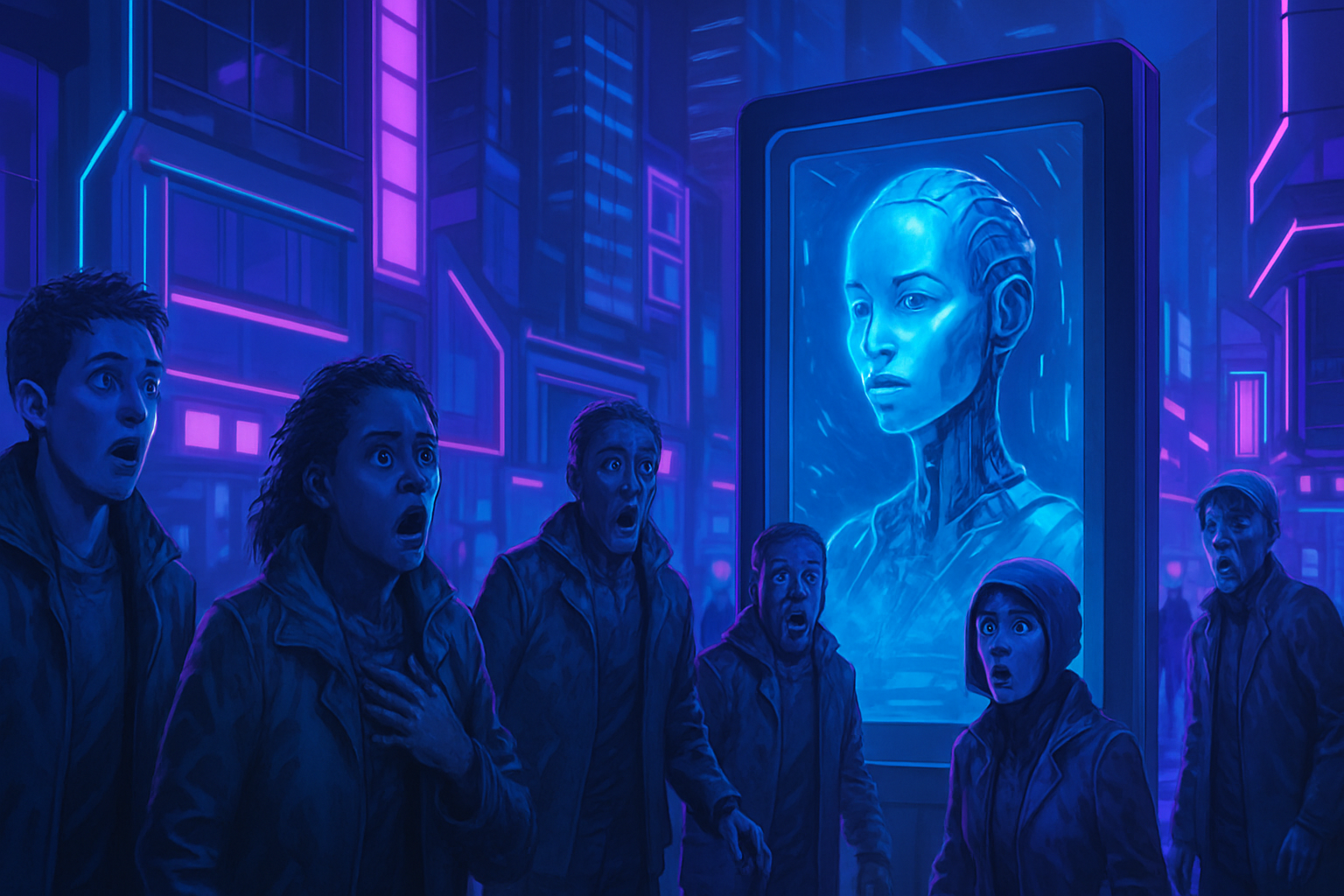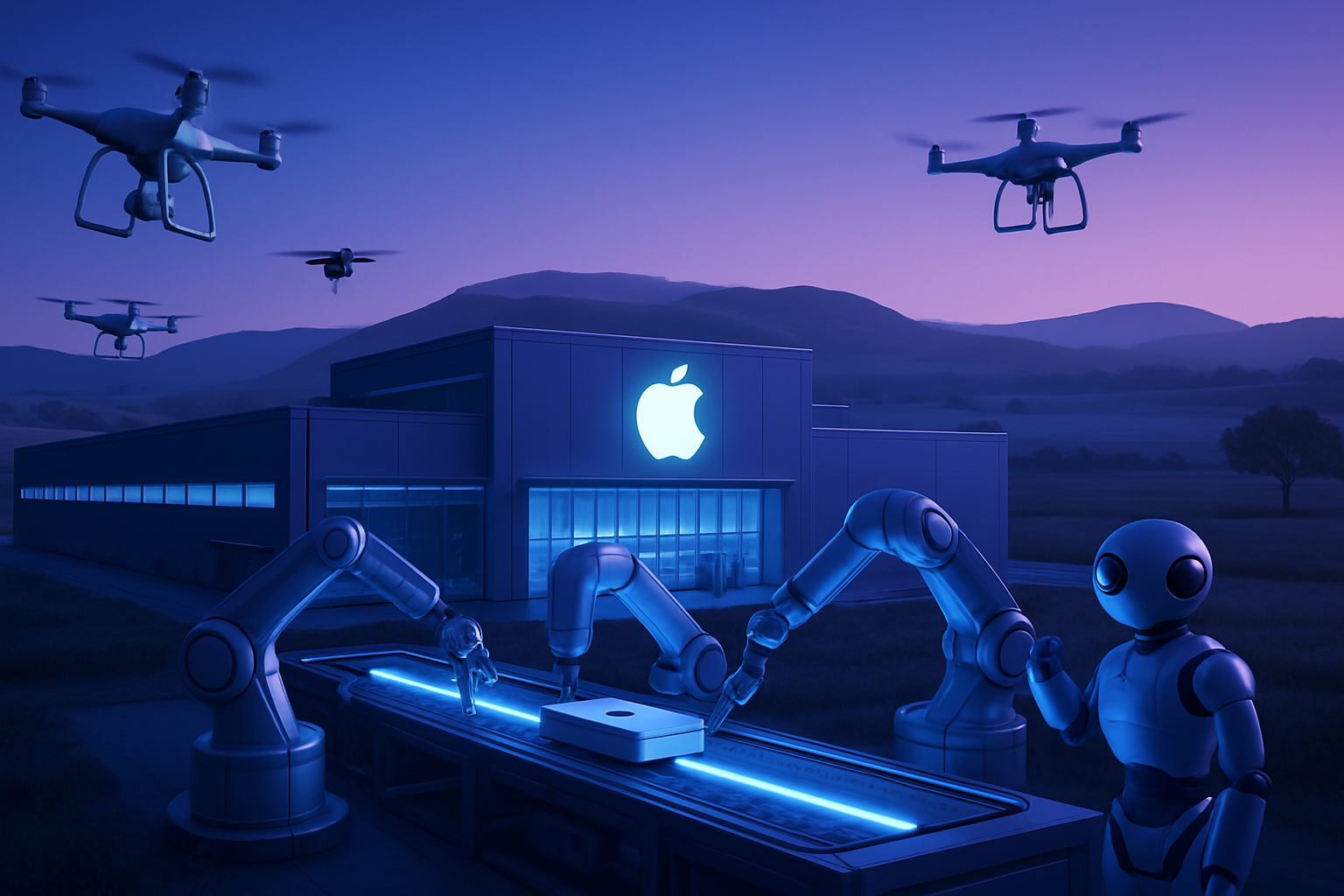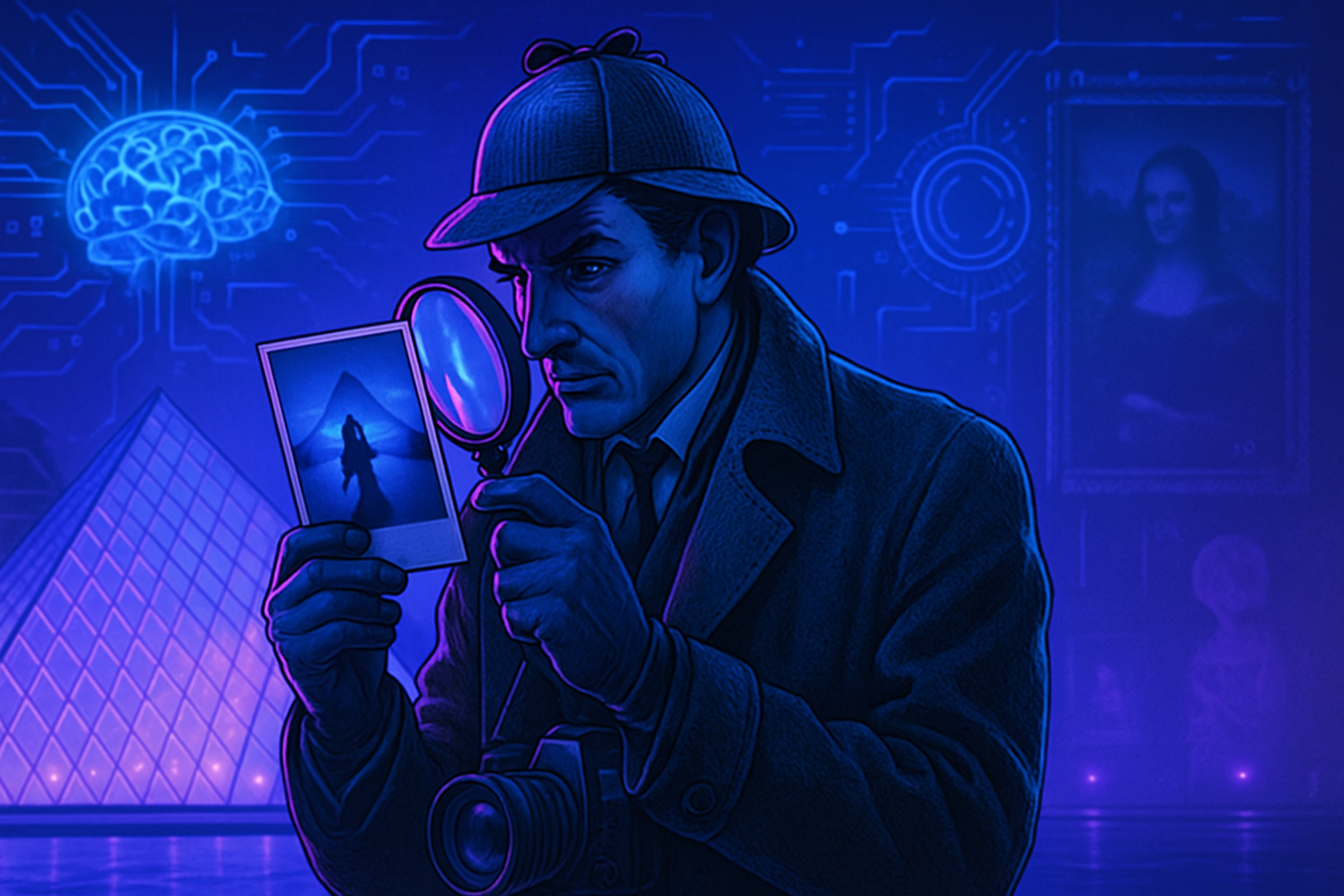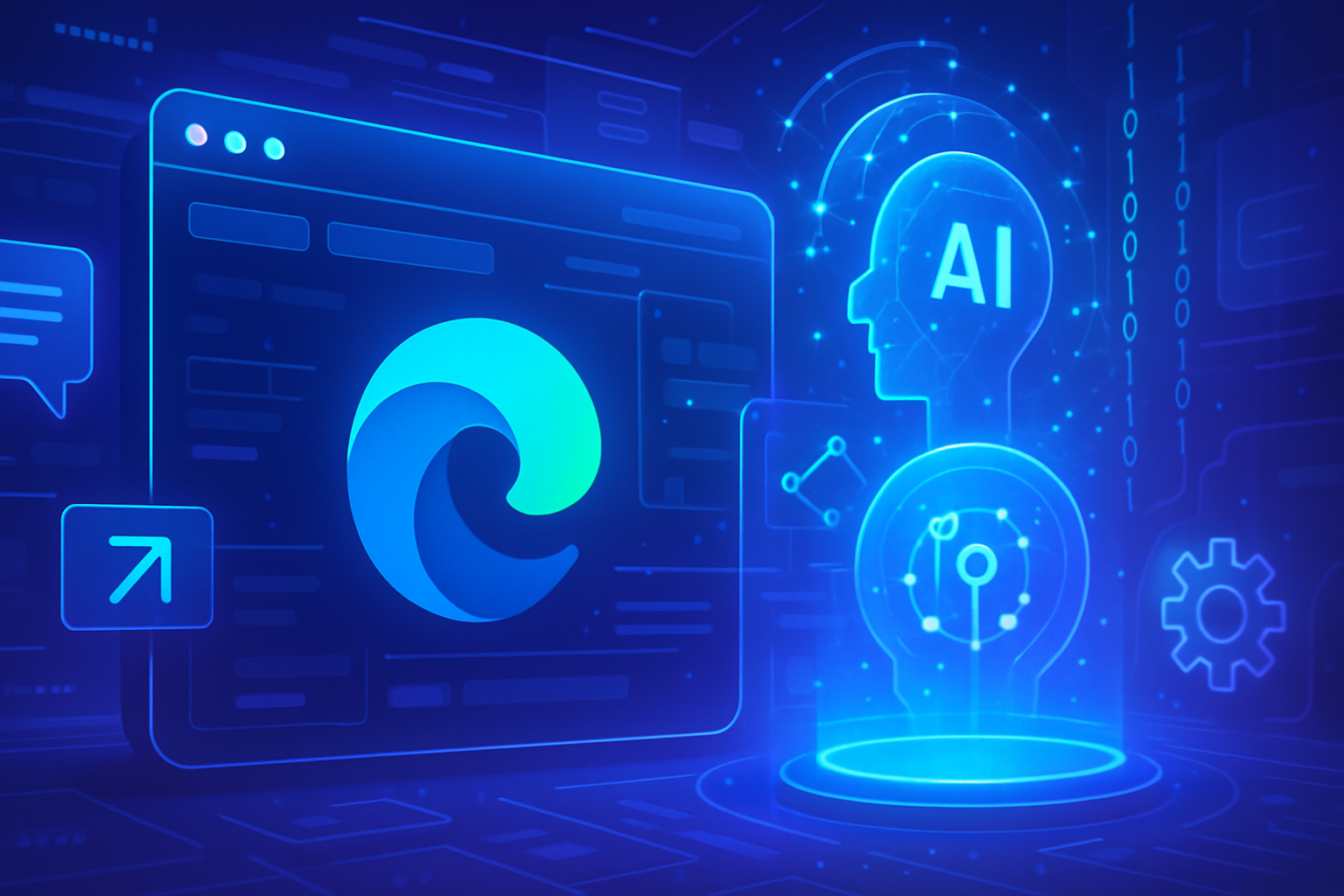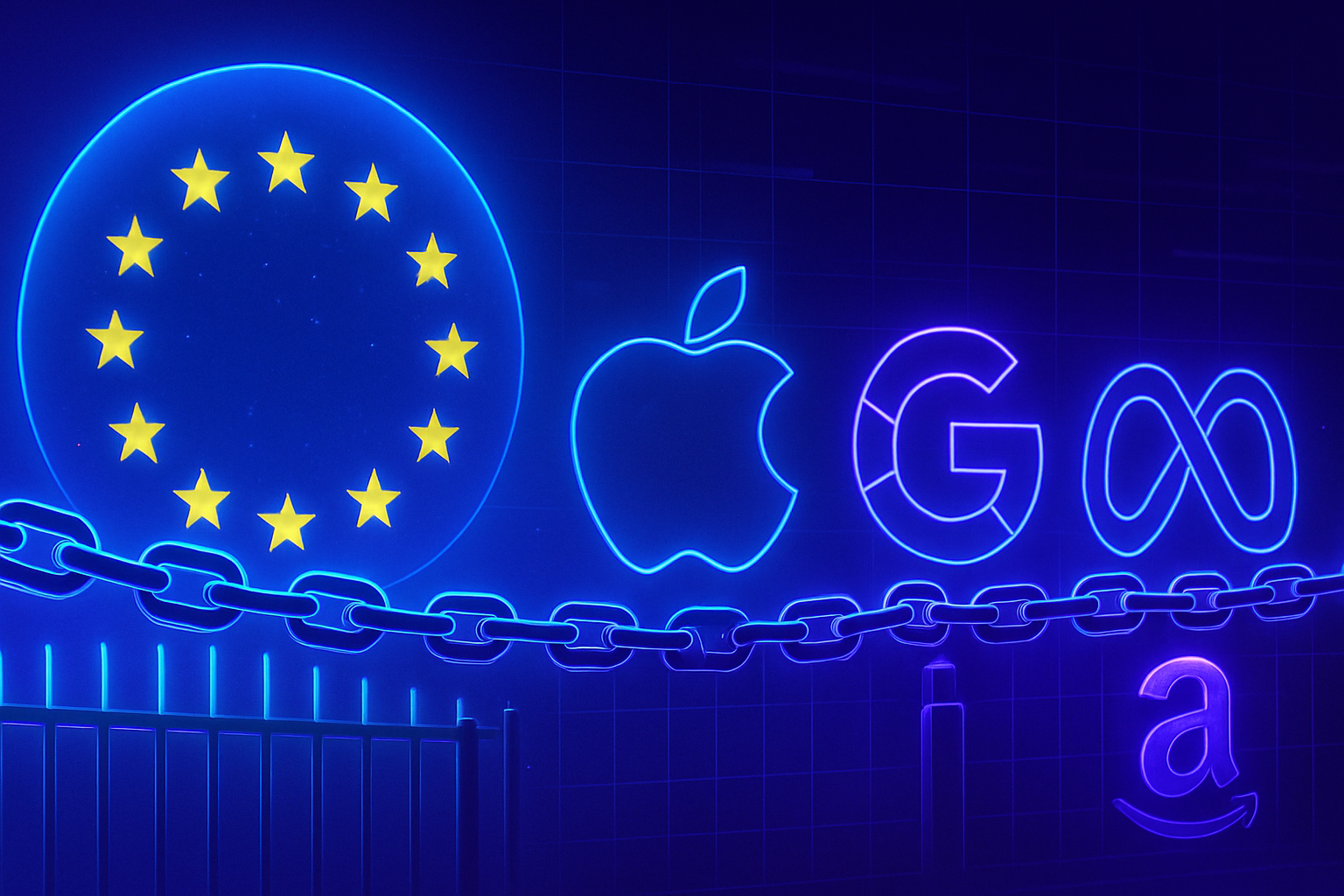OpenAI, an emblematic organization behind the revolutionary tool ChatGPT, is experiencing changes in its fundamentals. _The successive departures of key leaders_ highlight a disruption within the elite team. _Recent strategic transformations_ raise questions about the future direction of the company.
Under the leadership of Ilya Sutskever and Greg Brockman, the vision initially forged new paths in artificial intelligence. The recent changes in the leadership team, symbolized by the departure of Mira Murati, raise questions about the continuity of this bold ambition.
The imperative to become a for-profit organization could redefine not only OpenAI’s objectives but also the impact it aspires to have on society.
Evolution of OpenAI’s Leadership Teams
OpenAI, the startup behind ChatGPT, has undergone notable changes within its leadership teams. The recent announcement of key departures has raised serious concerns about the strategic direction of the company. Mira Murati, the chief technology officer often recognized as a pillar of innovation, has decided to step down after several years of contribution. Her departure, following that of other senior leaders, signals a potentially tumultuous transition period.
These changes occur in a context where Ilya Sutskever and Greg Brockman, emblematic figures of the organization, continue to play a central role. Sutskever, as chief scientist, and Brockman, as technology director, have long been the architects of OpenAI’s vision. Their leadership remains essential as the company aspires to reinvent itself.
Transformation of Vision at OpenAI
The shift in dynamics within the leadership teams coincides with a strong desire to become a for-profit organization. This transformation aims to tailor OpenAI’s initial mission to current economic realities, sparking discussions among investors and industry players. The main objective remains to foster accessibility to advances in artificial intelligence while maximizing available resources to continue innovation.
Internal tensions are exacerbated by the need to preserve OpenAI’s ethical agenda. The coexistence of profit-driven aspirations with a commitment to responsible AI presents a significant challenge for management. The prioritization of profits must not compromise the fundamental values that have shaped OpenAI since its inception, especially in the highly competitive field of artificial intelligence.
Impacts on ChatGPT Development
The repercussions of leadership changes are felt in the development of ChatGPT. Research and development teams must confront uncertainties and internal mechanisms that disrupt project continuity. Despite this, technical advancements, such as the emergence of improved versions of ChatGPT, remain a priority. OpenAI must maintain the momentum generated by its flagship technology while ensuring the quality and accessibility of its tools.
The preparation for the release of new models, such as version ChatGPT-4, reflects OpenAI’s ambition to stay at the forefront. The integration of innovative features, such as compatibility with platforms like Microsoft Suite, is essential to maintaining ChatGPT’s market attractiveness. The revolution in generative AI compels OpenAI to double its efforts to meet industry standards.
Reactions and Upcoming Challenges
The reaction from employees to these changes remains mixed. Some welcome the new directions, while others fear negative consequences for the corporate culture. The erosion of trust in leadership could lead to a loss of strategic talent. Recent departures hint at challenges related to the continuity of innovation. OpenAI must intensify efforts to strengthen motivation and engagement among its teams.
Upcoming challenges also include managing the expectations of the tech community and users. The growing popularity of ChatGPT has placed OpenAI in the spotlight, generating high expectations. Current leaders will need to provide a coherent and inspiring vision to navigate through this period of uncertainty.
OpenAI stands at a crossroads where decisions made today will determine its future. The organization must intertwine business strategy with ethics while capitalizing on its legacy of innovation. The company’s ability to successfully navigate this transition is crucial for its sustainability in an ever-evolving technological landscape.
Frequently Asked Questions
What are the main reasons that led to the evolution of OpenAI’s leadership teams?
The recent departures of certain leaders and OpenAI’s desire to become a for-profit organization are two major factors that have influenced this evolution. These changes aim to strengthen the company’s structure and better align its vision with its future ambitions.
How does OpenAI’s transformation of vision affect the development of ChatGPT?
The transformation of OpenAI’s vision aims to steer the development of ChatGPT towards more concrete and profitable applications while continuing to improve AI capabilities and integrating user feedback to make it more effective.
Who are the key players in this evolution within OpenAI?
Ilya Sutskever and Greg Brockman have played a central role in the strategic direction of OpenAI. Their decisions directly influence the direction the company takes, especially after notable departures like that of Mira Murati.
What are the implications of leadership departures for OpenAI?
The departures of leaders can lead to cultural changes within the company, affecting both employee morale and project continuity. This can also result in a redefinition of OpenAI’s strategic priorities.
How does OpenAI intend to ensure the continuity of its innovation despite these changes?
OpenAI is establishing dynamic teams and increasing ongoing projects to ensure a constant flow of innovations. By engaging diverse talents and collaborating with other companies, it aims to maintain its leadership position in the field of AI.
What impact does the company’s structure have on the development of products like ChatGPT?
A well-defined leadership structure enables faster decision-making and better resource allocation, which is crucial for the development of products like ChatGPT that require constant adaptation to technological evolutions.
How does OpenAI’s mission fit within the current landscape of artificial intelligence?
OpenAI’s mission to promote responsible and beneficial applications of AI is essential, especially in a context where AI technologies are rapidly evolving and raising growing ethical and societal concerns.
What are OpenAI’s strategic priorities following these changes within its leadership team?
OpenAI’s priorities include optimizing its existing products, exploring new markets, and intensifying efforts to meet user needs, while ensuring that its products are safe and ethical.

